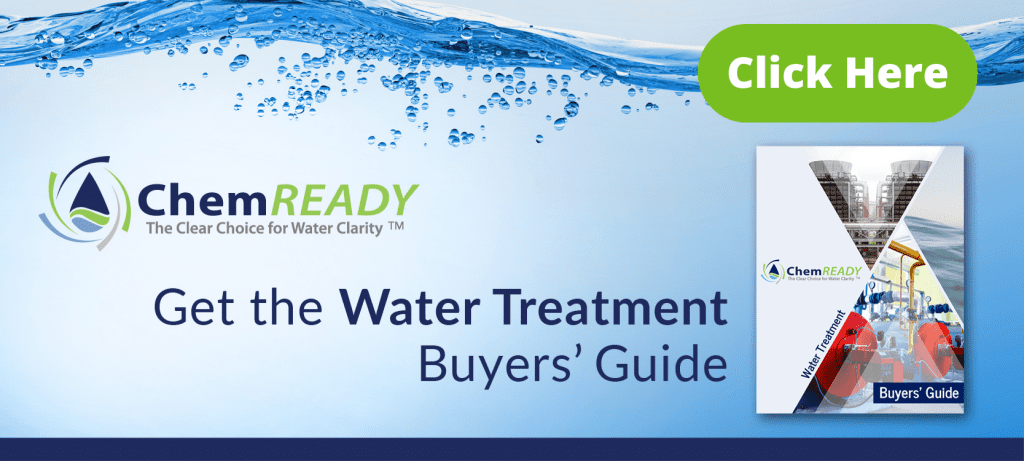Water pretreatment is the process of removing pollutants from water before it is used in industrial or commercial applications. This is important to protect equipment and ensure that the water is safe for human consumption.
Effective water pretreatment is essential in ensuring water is safe and suitable for its intended use. The specific pollutants that need to be removed during pretreatment will vary based on the water’s end-use, but several common contaminants typically require attention.

Several methods are used to remove pollutants from water during the process, each tailored to specific contaminants:
The appropriate method or combination of methods will depend on the pollutants present in the water and its intended application.
In addition to traditional methods, several advanced technologies are available for more complex needs:
Choosing the right technology will depend on the specific pollutants and the desired water quality. Each of these technologies plays a critical role in ensuring water safety and protecting equipment from damage.
Water pretreatment is a key part of industrial and commercial water treatment systems. By removing pollutants before water is used, pretreatment protects equipment, ensures water safety, and helps prevent waterborne illnesses. ChemREADY offers a range of technologies to meet the unique water treatment needs of any facility, ensuring water quality and system reliability.
OLC 12x30 coconut activated carbon can be used in a variety of water, wastewater and process liquid applications for the removal of dissolved organic compounds.
Water pretreatment involves removing contaminants such as suspended solids, dissolved solids, organic matter, and chemicals to improve water quality before it is used in industrial or commercial applications.
Common methods include sedimentation, filtration, coagulation and flocculation, aeration, and oxidation, each tailored to specific contaminants.
Advanced technologies include reverse osmosis, nanofiltration, ion exchange, and electrodeionization, offering solutions for more complex water treatment needs.
Water pretreatment is crucial for protecting equipment, ensuring water safety, and preventing scale buildup, corrosion, and waterborne illnesses.
The right method depends on the specific pollutants in the water and the desired quality, and ChemREADY can help you select the best solution for your facility.